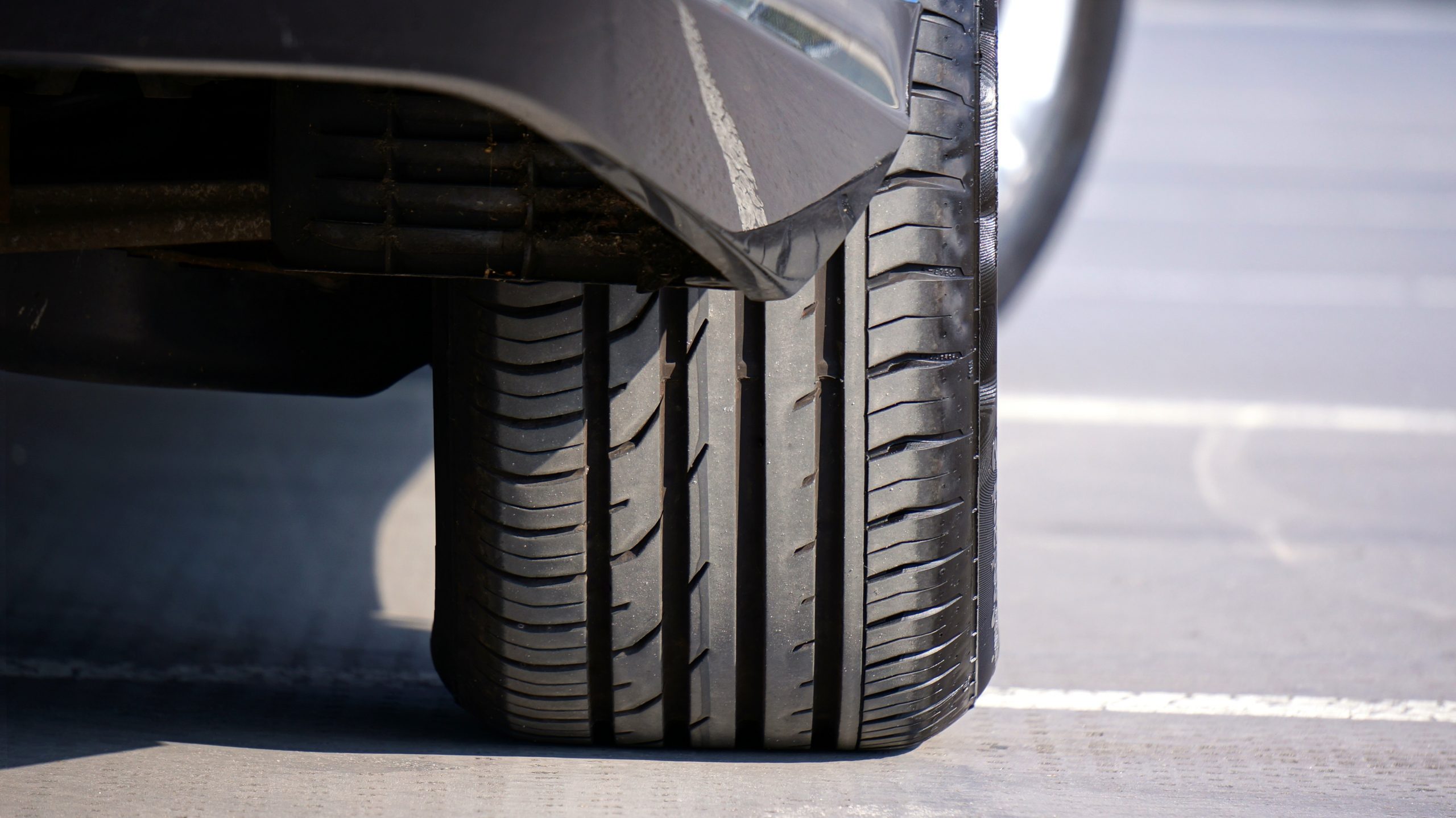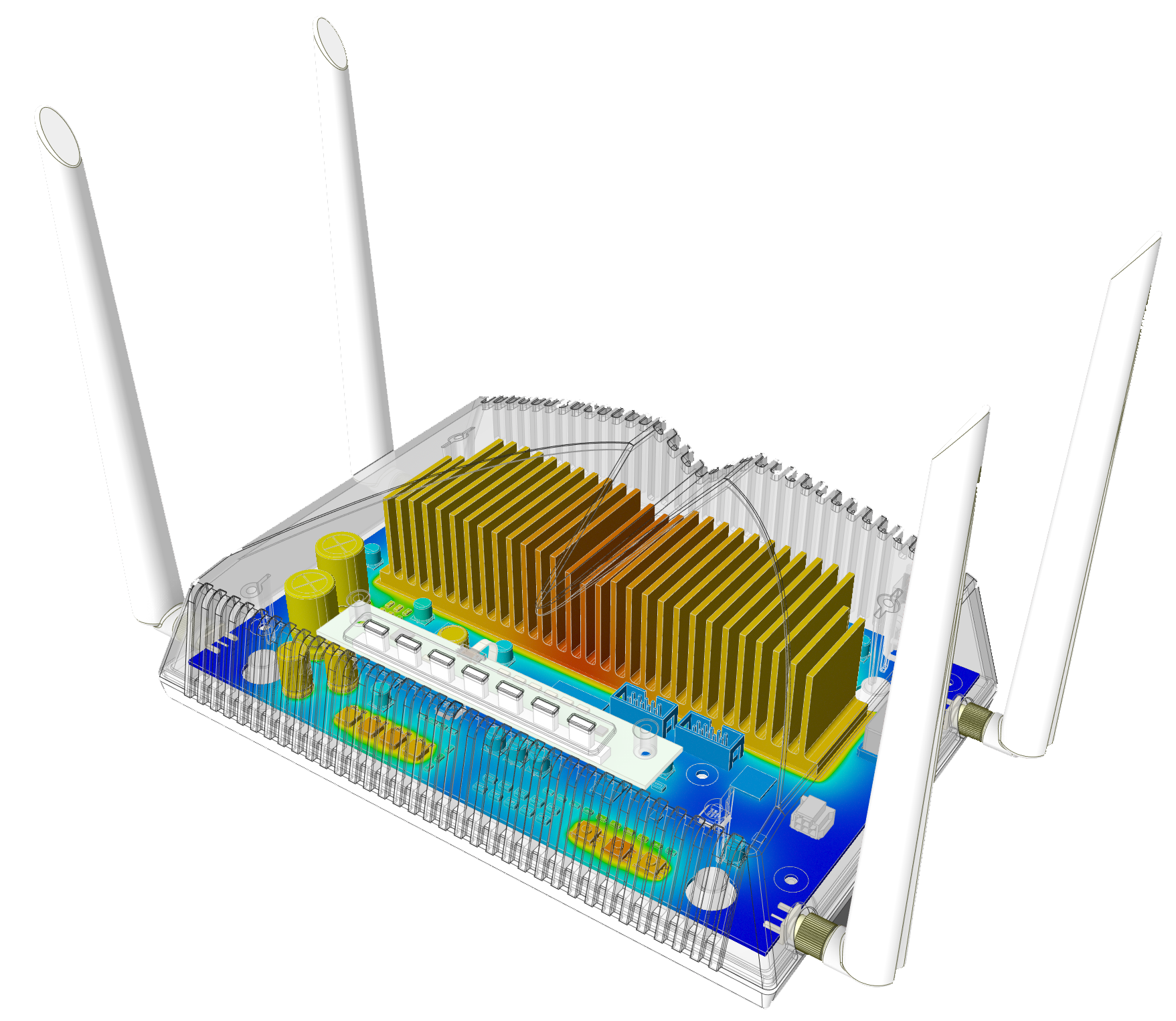Field of expertise:
Methods:
Application area:
Industry:
The project presented below was supported by eCon Engineering Ltd. as a subcontractor tasked with engineering simulations.
Nowadays, in case of passenger cars, buyers have serious requirements in line with noise. They expect their new vehicle to be quieter in various conditions (different road surfaces, speeds) than the previous models, to run free from disturbing noises; but meeting these requirements demands thoughtful development work.
In case of similarly complex structures, several different sources and effects can prevail; application of simulations is a common solution in the field of NVH (noise, vibrations, harshness) in order to identify and understand them. eCon Engineering also provides such service, below you can find an example presented.
Area
In case of a popular car available on the market arose that the rolling noise from the rear suspension was disturbingly strong in the presence of a rare combination of certain special conditions. In order to find out the causes, to explore possible solutions and to develop a method, the concerned OEM charged a recognized supplier with a strong technical background; our company participated in the project as a simulation partner.
Solution
The simulation tasks of the project consisted of three main steps:
- Set-up of a finite element model: a virtual equivalent of the physical measurements performed on the test bench and test track had to be created.
- Validation of the basic model: based on the measurement data, the prognosis quality of the model was examined, then the necessary characteristics were iteratively clarified and improved based on the results of the comparisons.
- Creation of modification proposals: using the simple modifiability of the virtual model, it was possible to examine the effect of small changes made in the structure of the rear suspension. First, based on the methodology of design of experiments (DoE), features – whose modification has a serious impact on the noise perceived by passengers – were identified. Based on the identified trends, technically reasonable, feasible potential solution proposals were made, their impact could be evaluated virtually.
Results
As a result of the simulation part of the project prepared by eCon Engineering, several feasible design proposals have been made, which are expected to reduce the noise in the passenger compartment. These were further evaluated in cooperation with other areas of expertise (e.g. in terms of fatigue, vehicle dynamics, manufacturing technology), and finally a prototype was made from the selected modification on which physical test bench and test track measurements were performed to verify the results.

